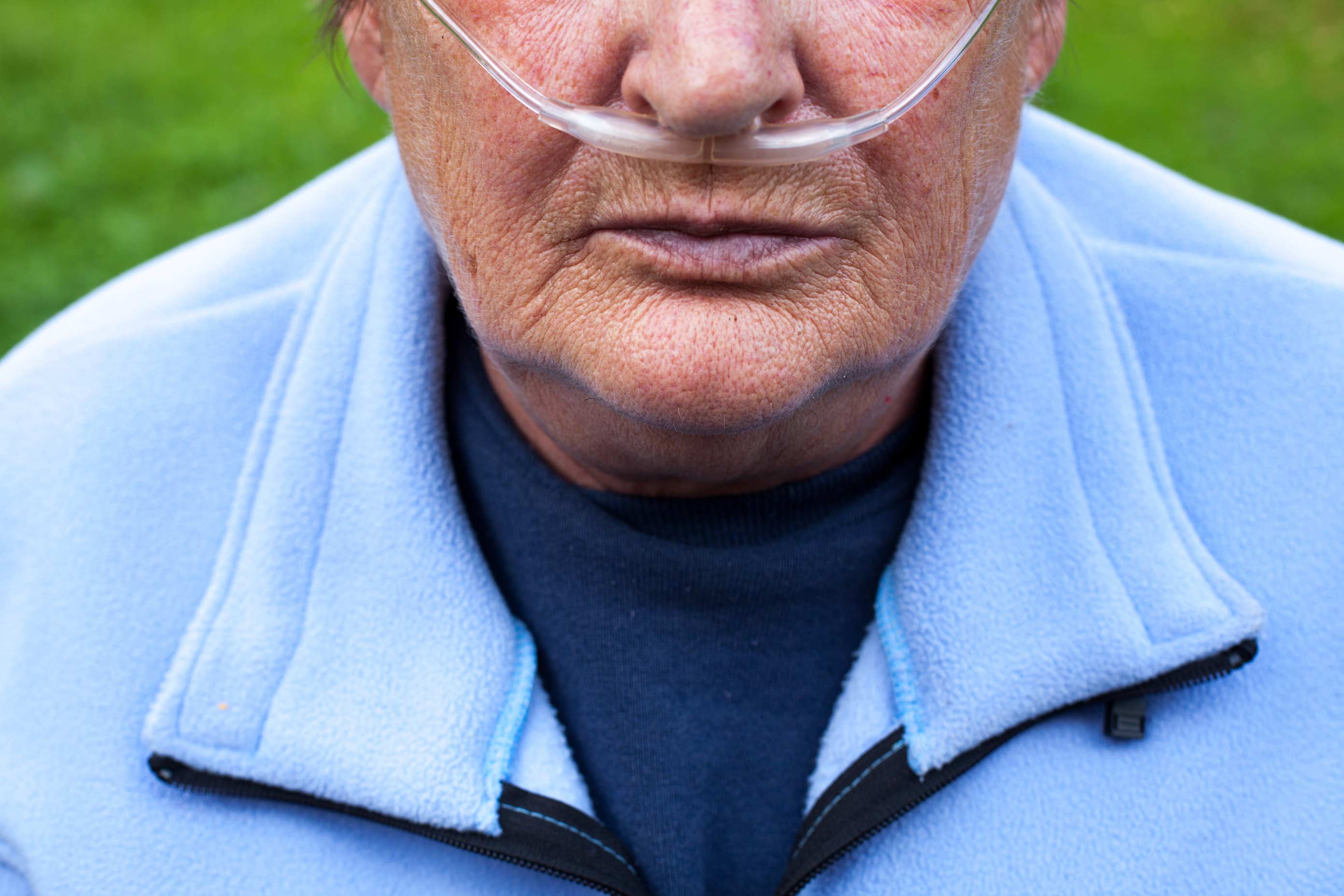Imagine what life would look like if your breathing felt like you just ran a mile but all you did was talk a step. After you finally catch your breath, you fall into a coughing fit and a deep state of fatigue. That’s what every moment feels like for someone diagnosed with pulmonary fibrosis.
The Pulmonary Fibrosis Foundation (PFF) has helped thousands of individuals by providing emotional support, information about the illness and a list of treatment options to discuss with a healthcare professional. This September, the foundation is standing with those affected by the illness during Pulmonary Fibrosis Awareness Month.
Pulmonary fibrosis is a serious disease that is identified by scarring of the soft tissue in the lungs. This progressive, incurable illness is often underdiagnosed or even misdiagnosed by medical professionals, leaving patients with a low quality of life or a life span of just a few years, according to PFF.
Although lung disease is generally induced by smoking, pulmonary fibrosis often lacks an identifiable cause. PFF lists some potential causes such as exposure to airborne toxins like asbestos or mold, radiation treatment, select medicines for cancer and heart disease treatments and genetics. While some specific causes can be identified, more often than not, doctors are unable to pinpoint a source even after a series of scans and tests.
In this situation, the disease is recognized as idiopathic. PFF stated in a recent study that 1 in 200 adults in the U.S. over the age of 65 have been diagnosed with idiopathic pulmonary fibrosis. On average each year, 50,000 new cases are identified and about 40,000 patients die from the disease.
Some pulmonary fibrosis symptoms include shortness of breath, coughing, fatigue, acid reflux and gastrointestinal issues, according to the American Lung Association. Upon diagnosis, most patients are referred to a palliative care specialist who focuses on improving the person’s comfort and quality of life. The American Lung Association also lists a series of treatments used by these specialists to slow down the course of the disease, such as oxygen therapy, medicinal regimens, pulmonary rehabilitation, lung transplants or clinical trials.
In total, about 200,000 people in the U.S. are currently affected by pulmonary fibrosis. During last year’s Pulmonary Fibrosis Awareness Month, PFF reached 915,000 people to share the impact of this devastating illness. Their goal for this year is to reach one million people so that this uncommon disease can become less of a mystery.
How You Can Help:
1. Participate in the 30 Facts in 30 Days social media campaign. Help PFF reach its goal by liking, sharing, re-tweeting and commenting on the 30 facts.
2. Share your pulmonary fibrosis story. Help others to understand the impact of pulmonary fibrosis by emailing your submission to socialmedia@pulmonaryfibrosis.org and you may see your story on PFF social media.
3. Host or attend an event. This can help you connect with others in the pulmonary fibrosis community and to support the cause.




Comments